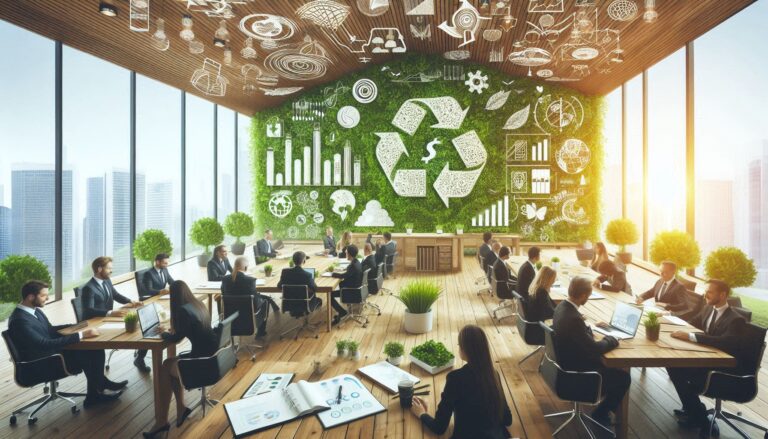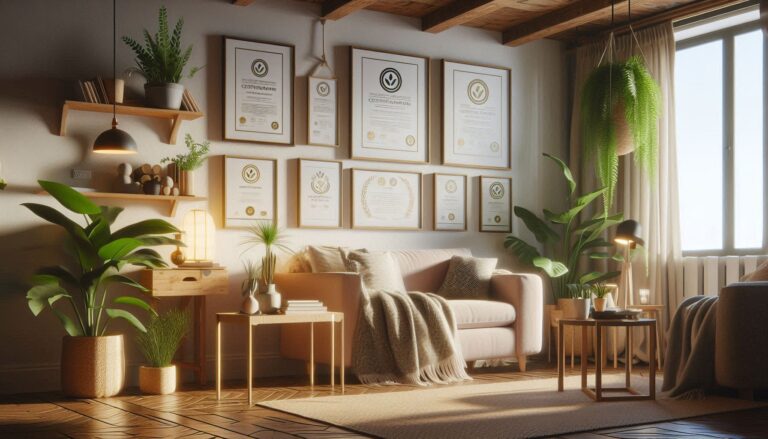Designing with Purpose: How to Integrate Sustainability Into Every Project

Sustainability is no longer an afterthought in interior design—it’s a primary focus. Designers now have the opportunity to integrate eco-friendly practices into every aspect of their projects, from the selection of materials to the final touches. By adopting a purpose-driven approach, designers can create spaces that not only look beautiful but also promote environmental responsibility and long-term sustainability.
1. Start with Sustainable Materials
One of the most important ways to integrate sustainability into a design project is through the use of eco-friendly materials. Whether you’re designing a residential or commercial space, choosing materials that are renewable, recyclable, or biodegradable is a great place to start. Some key materials to consider include:
• Recycled and Reclaimed Wood: Choose wood that has been salvaged or repurposed to reduce deforestation and waste.
• Bamboo: A fast-growing, renewable material that’s both strong and sustainable.
• Recycled Glass and Metal: These materials can be reused in a variety of applications, from countertops to furniture.
2. Energy-Efficient Design Principles
A sustainable design must also prioritize energy efficiency. The energy consumption of a space can be reduced through strategic planning, ensuring that the building performs optimally while minimizing energy use. Some ways to incorporate energy efficiency into your designs include:
• Maximizing Natural Light: Use large windows and light-colored walls to reflect and amplify natural daylight, reducing the need for artificial lighting.
• Choosing Energy-Efficient Fixtures: Incorporate LED lighting, energy-efficient appliances, and smart thermostats to lower energy consumption.
• Insulation and Ventilation: Proper insulation and ventilation systems reduce heating and cooling costs, making a space more energy-efficient.
3. Water Conservation
Water conservation is another key element of sustainable design. Water-saving fixtures, such as low-flow faucets, showerheads, and toilets, can significantly reduce water usage without compromising performance. Consider installing rainwater harvesting systems or gray water recycling solutions in commercial projects to make water use even more efficient.
4. Repurposing and Upcycling
Incorporating repurposed or upcycled elements into a design project is a great way to reduce waste. This could involve refurbishing old furniture, using salvaged building materials, or transforming discarded items into functional pieces. By giving new life to existing resources, you reduce the need for new materials, which in turn helps reduce your overall environmental impact.
5. Green Certifications
To ensure your project is truly sustainable, it’s important to consider certifications like LEED (Leadership in Energy and Environmental Design). LEED-certified buildings adhere to strict guidelines that ensure the use of sustainable materials, energy efficiency, and overall environmental performance.
Conclusion
Designing with purpose means taking every opportunity to reduce your environmental impact, from material selection to energy consumption. Whether you’re designing a home, office, or public space, integrating sustainability into every project is not only feasible but essential. A sustainable approach benefits the planet, enhances the well-being of those who use the space, and can result in long-term cost savings.






